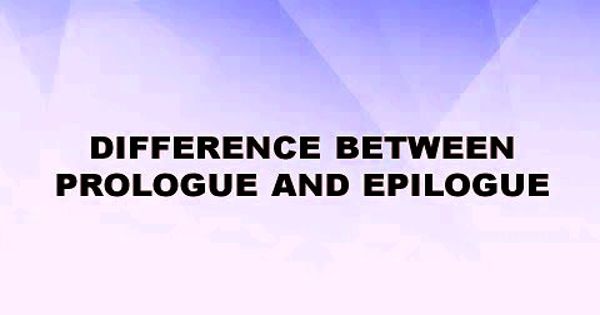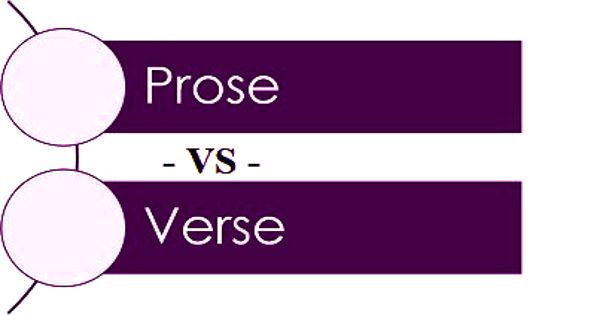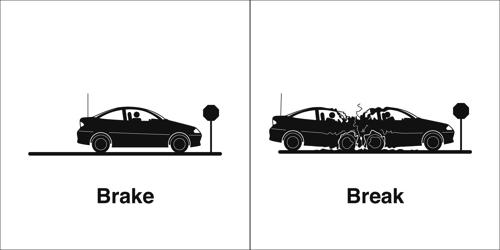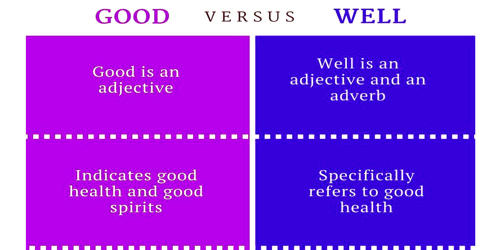The basic difference between a prologue and epilogue is that a prologue comes before the rest of the story, and an epilogue comes after. Prologue and Epilogue are two diametrically opposite literary devices used in the literary composition and stand outside the narrative. They can be in the form of a short speech, poem, narrative, elegy, etc.
Prologue is put at the beginning of a story. It introduces the world described in a story and the main characters. The prologue is one of those pages which is included in the front matter of the book. It helps in giving a sneak peek of the story to the reader, which is contained in the book. On the other end, an epilogue is a piece of writing found at the end of the literary work, which states about the after-life of the characters, when the story has completed. Epilogue is located at the end of a story. It describes events that happened after all the plots had been finished. It tends to conclude the story, tie up the loose ends, and give finishing touches to the story. It tells what happened to the main characters of the story.
The main difference between prologue and epilogue is that prologue is situated at the beginning of the story whereas epilogue is situated at the end of the story; the prologue comes before the story, and the epilogue comes after the story.
Difference between Prologue and Epilogue
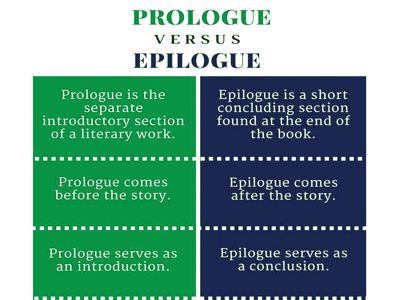
PROLOGUE
- Prologue implies an independent preliminary piece of writing, included in the front matter of the book. It is an independent front matter of the novel, which gives an opening hint to the reader, as to what the story is all about.
- The main objective is to give exposure to the character’s world, to the audience. It can be found at the beginning of the literary material, prior to the first chapter, however, it does not form part of the main matter.
- A prologue implies the brief introductory part of the literary work, i.e. story, play, drama, movie, or poem, which introduces the theme and character to the reader. It initiates the context, so that the story may begin.
- The prologue is mainly used to introduce the characters, provide background information, suggesting future events, set the stage for the plot, that has some sort of link with the main story.
- Prologues may last up to one or more pages. It helps in conveying the information which is necessary for the reader to possess, before starting the reading of the book or watching the play or movie
- An exciting prologue often helps in drawing the attention of the audience. And to do so, authors usually choose an interesting part from the middle of the story, so as to make them wonder and read the story in full.
EPILOGUE
- Epilogue refers to the brief winding up a section of the book, which acts as the closure to the literary work. It implies a literary device, which is an additional and independent part of the literary work, which concludes the story.
- The main objective is to satisfy the curiosity of the audience. It is a separate section, found at the end of the literary work, after the story is completed, to give the closure or resolution.
- An epilogue refers to a separate section at the end of the literary work, i.e. book, or drama, acting as a comment or conclusion of the story. More appropriately, it is an afterword, in which the author addresses the reader indirectly, to present the fate of the characters.
- An epilogue narrates the development of characters after the climax and establishes the likelihood for the sequel.
- Further, like a prologue, an epilogue is also written in the third person, while the main story is in the first person.
- An epilogue adds to the growth of the characters, i.e. it explains what happened with them in the future. Also, it tends to wrap up the entire story and indicates some dots linking to the future, after the story has been completed.
